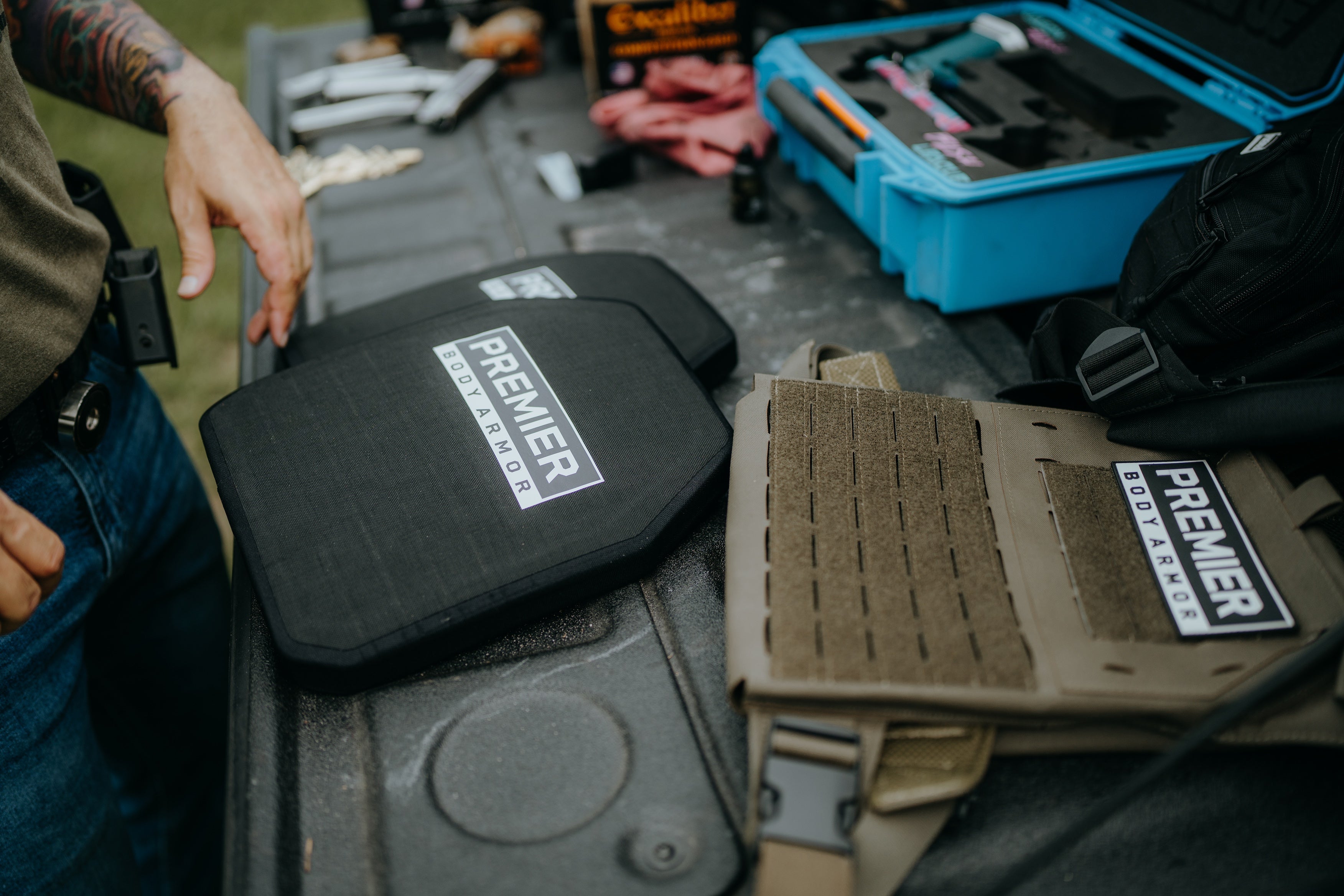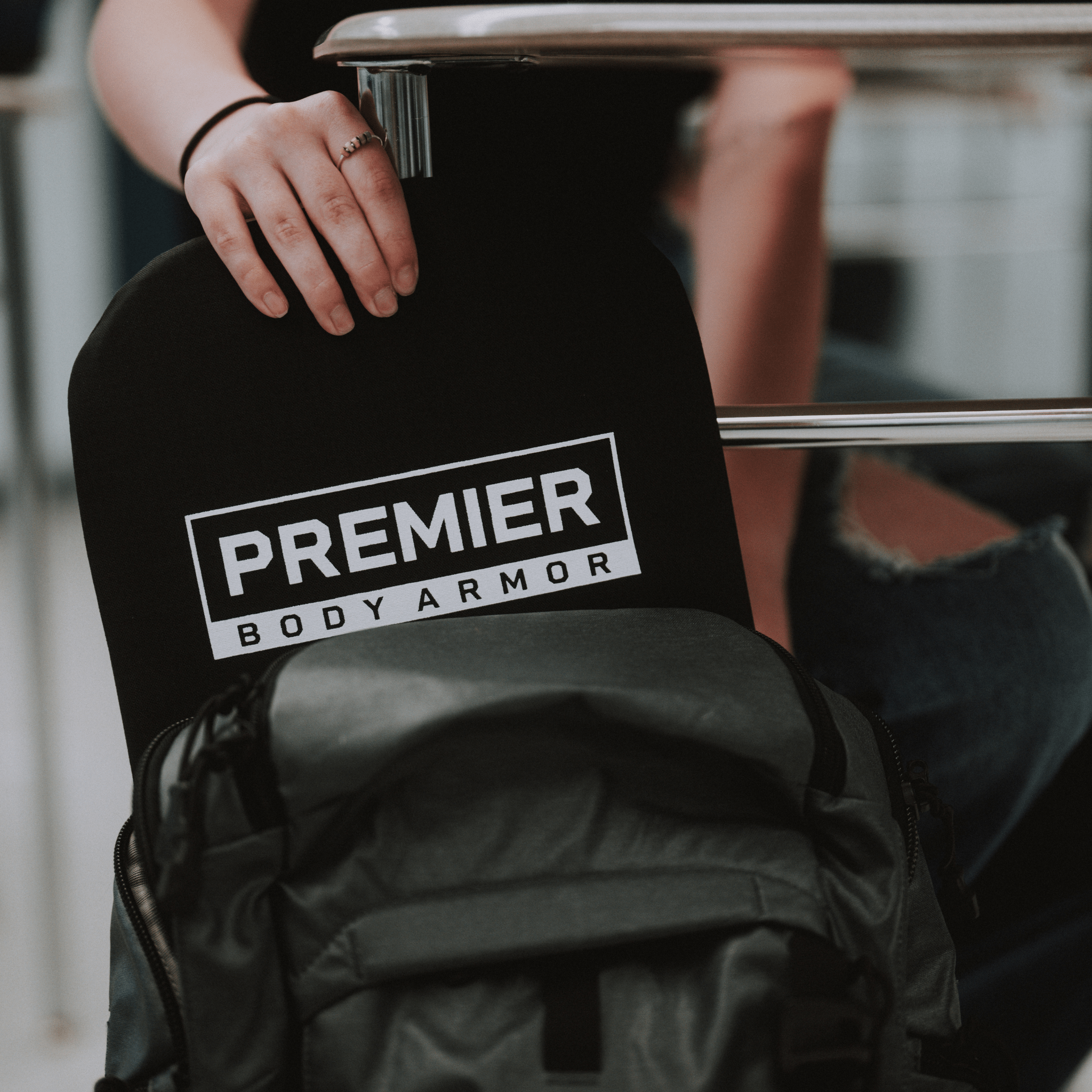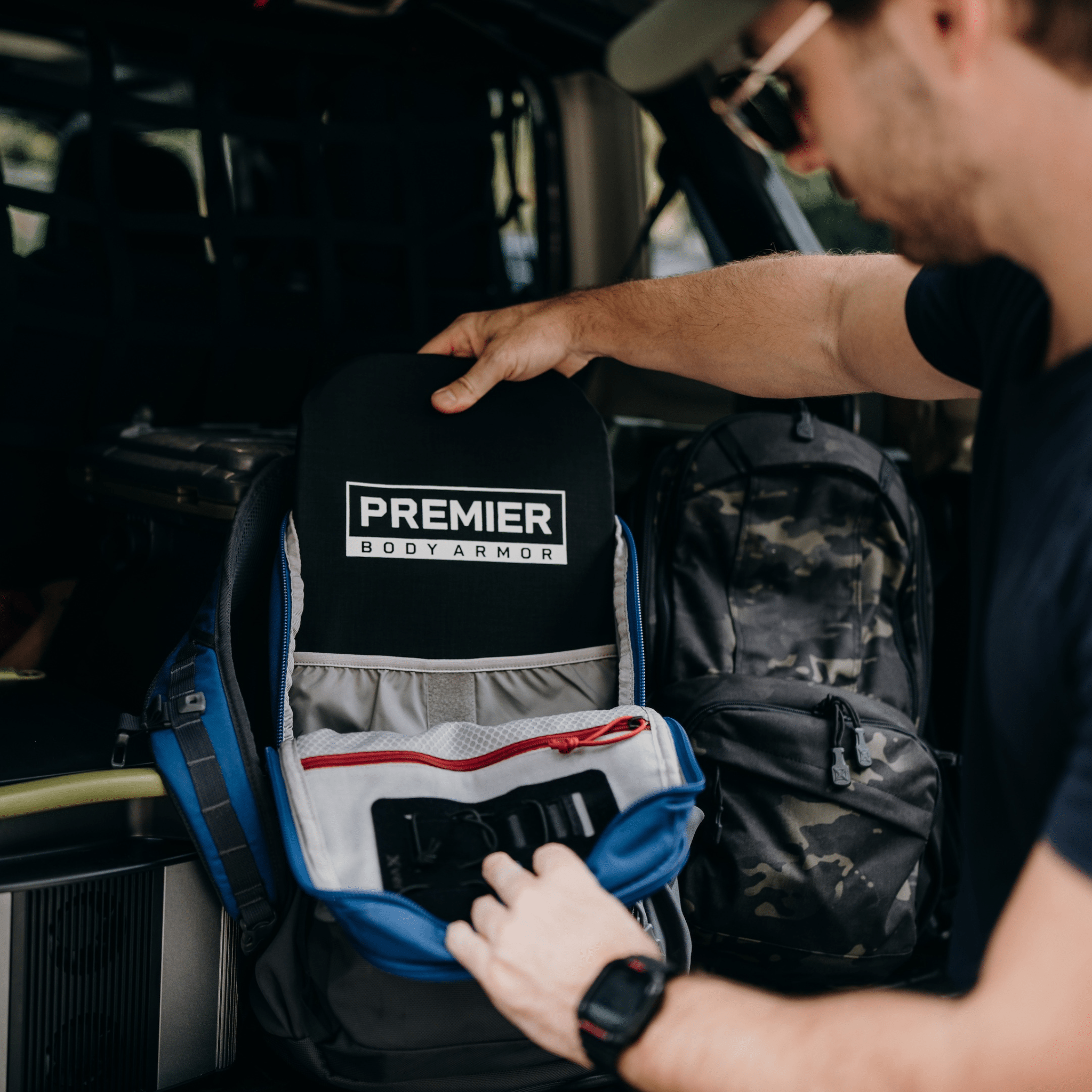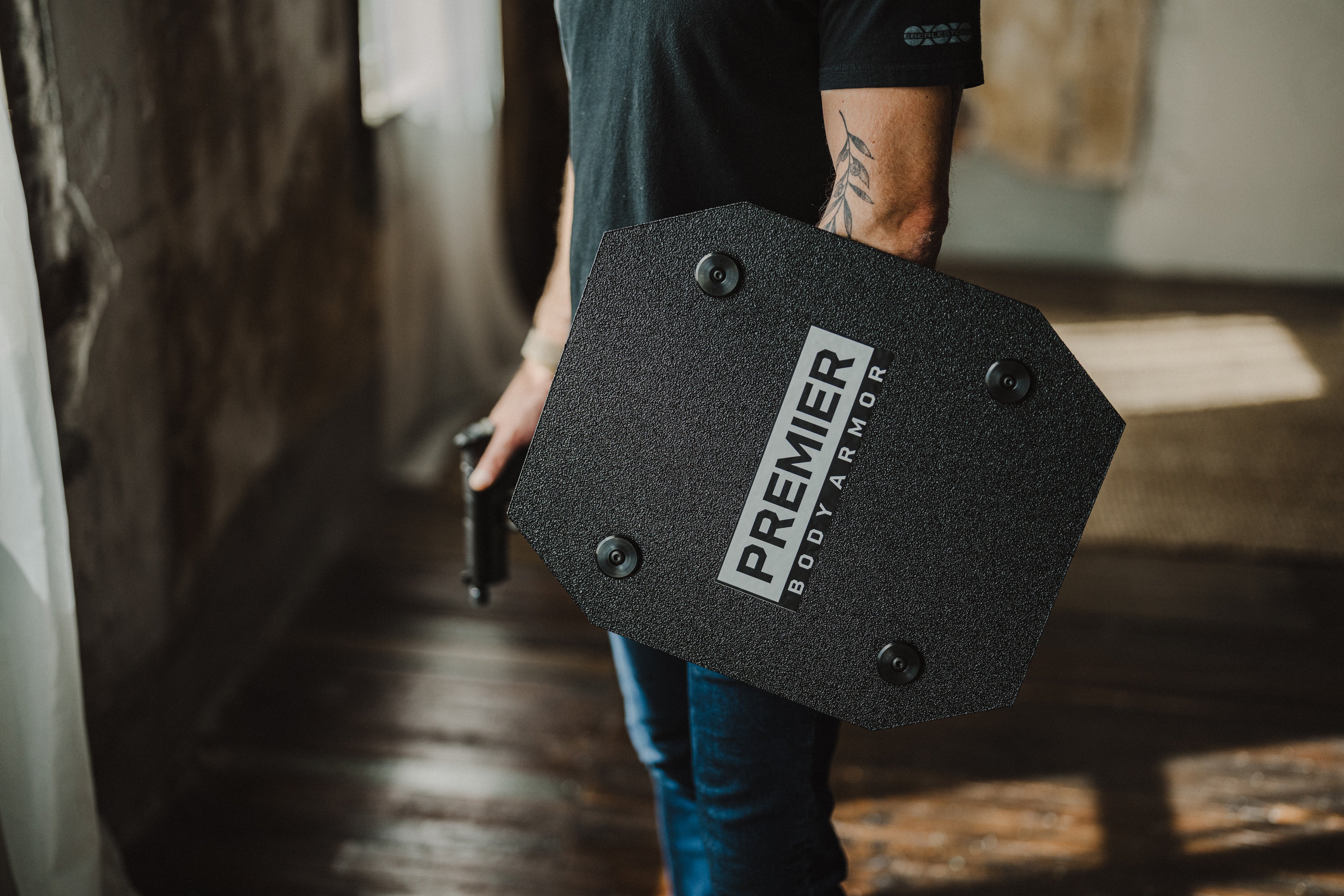How to Increase Window Security in Your Home: Expert Strategies
When you think about protecting your home, doors usually get most of the attention. But your windows could be a target because they’re fast to breach and often under-secured. Strong locks and alarms help, but if your glass is easy to break or your frames are simple to pry open, intruders have a clear opportunity.
That’s why improving home windows security should be at the top of your checklist. The right strategies for house window protection do more than make your home more aesthetically pleasing. They make every potential entry point a challenge. In this guide, you’ll learn how to turn vulnerable windows into strongholds.
At A Glance
- Fast wins: Add pin locks (sashes), a security bar (sliders), and glass-break + contact sensors.
- Stronger glass: Laminated (best hold-together) or tempered (4–5× stronger); security film controls shards.
- Best designs: Casement resists prying; single-hung has fewer failure points than double-hung.
Why Window Security Is Crucial for Home Protection
Burglary entry points are typically the path of least resistance. Most break-ins involve forcible entry, and unsecured windows are a common secondary route after doors, because glass fails fast and stock latches are weak. Hardened windows raise the noise, time, and risk for the intruder, three things criminals avoid.
Thieves want to get in and out as quickly as possible, and security measures like secured windows and doors could mean that your home will simply be too time-consuming to burglarize. For more perspective on preparing your family, read our guide on talking to kids about home invasion.
Choose the Right Type of Window for Better Security
Not all windows are built the same, and some secure window types naturally resist forced entry better than others.
For instance, impact-resistant windows are designed to withstand blunt force (someone trying to smash them out). That makes them much harder to shatter. This type of upgrade deters burglars, but it also protects against storm winds and flying debris, so you’re doubling your investment in safety.
When choosing windows, look for the following:
- Reinforced frames
- Multi-point locking systems
- Shatter-resistant glass
Yes, you’ll pay more initially, but it pays off over time. Secure windows also offer peace of mind to potential buyers if you ever decide to sell.
Are Single-Hung or Double-Hung Windows More Secure?
Comparing single vs. double hung windows? While the difference in security is minimal, there are a few details worth noting.
- Single-hung windows only open from the bottom and have fewer moving parts. That means fewer potential vulnerabilities (and usually lower costs).
- Double-hung windows can let in more fresh air, but also introduce another sash that has to be secured.
Either style can be safe if you have the right locks and reinforcements, but if you’re prioritizing security above convenience, single-hung models have a slight edge.
Casement vs. Sliding Windows: Which Offers Better Protection?
When it comes to casement window security versus sliding window safety, casement windows often win. They’re hinged on the side and lock tightly into the frame when closed, making them more difficult to pry open.
Sliding windows are popular for their wide openings, but they are easier to lift out of their tracks or force open if they’re not reinforced. If you prefer sliders, add a window security bar or jammer and anti-lift blocks for more protection.
Install Window Guards and Grilles
Modern window guards for home windows are made from steel or aluminum and mount directly to your window frame. That makes it nearly impossible to force an entry, even if the glass is broken. Beyond burglary protection, window guards can also provide peace of mind if you have young children, since they prevent accidental falls.
Modern window guard designs are far from the prison-style bars you might picture. Today’s options come with sleek finishes and customizable patterns, so you don’t have to sacrifice curb appeal for safety. Choose models with code-compliant quick releases for egress. In living spaces, removable guards balance security with fire safety; fixed guards are appropriate where egress isn’t needed.
Fixed vs. Removable Guards
When deciding between fixed and removable window bars, consider your priorities.
- Fixed guards offer the strongest protection, but they’re permanent and can limit emergency exits.
- Removable guards can be unlocked or detached when needed, making them a more flexible solution.
Removable options offer a good combination of security and safety. If you want maximum control (especially in bedrooms or living areas), removable guards are often the smarter choice.
Reinforce Window Glass to Deter Break-Ins
Even the strongest locks won’t matter if a burglar can break through your glass. That’s why reinforcing panes is essential for window shatter protection. Two of the best options are window film security products and upgraded glass materials like laminated or tempered glass. Each option strengthens your windows, making them much harder to break and buying you time when it matters most.
- Security film is invisible and designed to hold glass shards together even if the glass cracks.
- Laminated glass sandwiches a tough plastic layer between two glass panes, resisting both impact and forced entry.
- Tempered glass increases impact resistance and breaks into small "pebbles" instead of knives.
It only takes one hit for a would-be burglar to realize that your windows aren’t going to smash open easily. That’s usually enough to convince them to look for easier prey.
The Best Types of Security Window Film
Security film is popular because it’s affordable and relatively easy to install on your own. However, they’re not created equal. If you’re considering safety film for windows, look for those specifically marketed as anti-shatter film.
Unlike decorative or tinting films, security films are designed to absorb impact and hold glass in place. They come in varying thicknesses, with thicker films providing stronger resistance.
You may also want to invest in a film that has to be installed by a trained professional. While you can save some money by doing it yourself, professionally applied films bond tightly to the glass and frame, making them more effective than DIY kits.
Upgrade to Laminated or Tempered Glass
For a permanent upgrade, laminated glass security is a good option. Laminated windows are built with a plastic interlayer that keeps the pane intact, even after multiple strikes. In addition to helping prevent break-ins, they also block UV rays and reduce noise.
Tempered glass windows are another choice. While tempered glass shatters into small, less dangerous pieces when broken, it still requires considerable force to crack. Tempered glass is heat-treated to be 4-5x stronger than standard glass, making it much more resistant to breakage.
Install Secondary Window Locks and Devices
Even the best factory-installed locks often leave room for improvement. If you want extra security for windows, adding secondary locks or reinforcement devices is both smart and cost-effective. Many of these upgrades are simple to install, but they can make a big difference in deterring a burglar.
Devices like keyed locks, pin locks, and jammers add an extra layer of protection that forces intruders to spend more time (and take more risks) trying to get inside.
And make no mistake, time is a thief’s most important consideration. Every second a criminal struggles with your window increases the chances they’ll give up or be caught. That’s why window lock upgrades are such a powerful yet affordable investment.
Types of Locks & Devices That Work Best
You’ll find several effective add-ons worth considering.
- A window security bar placed across a slider to prevent it from opening.
- A window jammer or dowel wedged into the track to stop movement.
- A keyed sash lock makes sure that only someone with the key can open it.
- A pin lock physically secures one sash to the other, making it nearly impossible to force upward movement.
Add Smart Sensors and Alarms to Windows
Physical reinforcements are good, but pairing them with technology takes your defenses even further. Window alarm sensors and glass break alarms detect movement or sound, giving you instant alerts when something’s not right. They can also connect to your home security system or even send notifications straight to your phone.
Installing a window alarm on vulnerable entry points means burglars can’t work in silence. Even if they manage to break the glass, a window sensor triggers an audible alert that can scare them off before they make it inside. The presence of alarms alone is often enough to deter criminals.
Remember, most thieves are looking for easy targets, not homes with layers of detection.
Secure Basement and Garage Windows Separately
Basement and garage windows are low, hidden, and often ignored, making them prime targets. These areas are often hidden from neighbors or street view, giving intruders more privacy to attempt a break-in. If you want a complete defense system, be sure to include basement window security and garage window protection.
Not sure how to make your garage or basement less appealing? Your options include reinforced glass, bars, or window film, paired with alarms or motion lights.
Small basement windows may seem insignificant, but they’re still potential entry points.
Garages are particularly dangerous since they often lead directly into your home. Check out our guide on securing your garage for more specific tips.
Why These Vulnerable Spots Need Extra Protection
Garage window security and basement window security can be weak spots. They are low to the ground, often poorly lit, and easy to overlook when planning upgrades. By fortifying these points, you’re removing some of the easiest paths an intruder might take and forcing them to face your stronger defenses, instead.
Combine Window Security with Strong Door Reinforcement
There’s no single home security solution that will send a would-be burglar packing. Instead, a layered defense is the best defense.
While your windows are an important part of home perimeter security, they shouldn’t be your only focus. Reinforcing your doors is equally important. After all, doors and windows work together to create your home’s first line of defense (and doors are the primary way for burglars to get into a home).
Once your windows are secure, make sure your doors are, too. Upgraded locks, reinforced strike plates, and solid framing can make it nearly impossible to force entry through the front or back doors. You can find detailed strategies in our guide on reinforcing a door.
Prepare for Emergencies and Intrusions
Even with the best security in place, it’s smart to have a plan. Emergency preparedness goes hand in hand with physical defenses. What would you and your family do if the alarm system went off in the middle of the night? Having a clear home invasion plan makes sure that you’re ready to respond right away.
Practice escape routes, decide on safe rooms, set rendezvous points, and make sure everyone knows how to contact help. You’ll find more guidance in our article on preparing for a disaster. Remember, prevention is the goal, but preparation means that everyone knows what to do when something happens.
Want a More Secure Home? Premier Body Armor Can Help
Improving your windows is just one step toward a safer home. For deeper home protection tips and everyday protection guides, Premier Body Armor has the practical advice you need. From reinforcing your perimeter to investing in personal safety gear, we provide tools and knowledge designed to keep you and your family safe.
In Closing
Remember, a layered defense is your best defense and makes sure that you’re not relying on one single device or system to protect you. Choose better window designs, reinforce glass, add secondary locks and alarms, and prioritize basements/garages. The more time and noise you force on an intruder, the safer your family becomes.
Ready to take your home security to the next level? Start by applying these window protection strategies today. And when you’re looking for additional support, explore Premier Body Armor’s gear and resources.
FAQs
What’s the most effective window security upgrade if I can only do one thing?
Add secondary locks matched to your window type (pin locks for sashes, bars/jammers for sliders) and a glass-break sensor in the room. These low-cost layers dramatically increase time, noise, and risk for the intruder.
Does security film stop a break-in or bullets?
Security film doesn’t make glass bulletproof. It holds shards together and delays entry, often long enough for alarms to trigger and for you to respond. Pair film with good locks and sensors.
Laminated vs. tempered: what’s better for security?
Tempered is 4–5× stronger than annealed glass and breaks into small pebbles. Laminated bonds layers so the pane stays intact under repeated strikes, better for forced-entry delay.
Are window guards safe in bedrooms?
Yes, if they include an interior quick-release for egress. Use fixed bars only where emergency exit isn’t required.
How do I secure sliding windows and doors against lifting?
Install anti-lift blocks in the upper track, add a bar or jammer in the lower track, and use a keyed lock rated for your frame.
Where should I focus first, front room or basement?
Start with ground-level and concealed windows (basement/garage) because they provide cover for an intruder and are often ignored.










Leave a comment